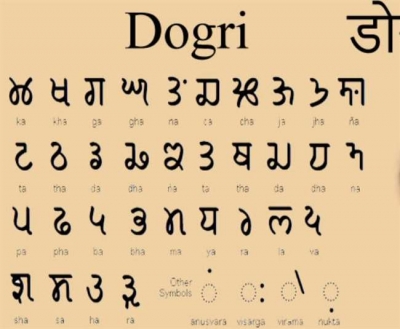WHAT IS DOGRI LITERATURE?

First mentioned nearly 700 years ago, Dogri is one of the oldest modern languages of India. It is recognised as the ethnic language of the Dogras (an Indo-Aryan ethnolinguistic community that inhabited parts of India and Pakistan). The earliest mention of Dogras can be traced back to the 11th Century A.D Chamba copperplates.
The origin of Dogri Dogri literature began as an oral or folk tradition. Like any kind of folk literature, its diverse themed narratives dealt with mythology, parables, humour, and domestic issues. The first written poem in the language was composed by Devi Ditta (commonly called Dattu) in 1770.
The golden age of Dorgi literature coincides with the reign of Maharaja Ranjit Dev (1733-82). Remembered as one of the most influential rulers of Jammu, his reign was characterised by a period of affluence and tremendous socio-economic progress in the region. However, the Devanagari script replaced Dogri at the advent of the 20th century.
History of Dogri Literature published by the Sahitya Akademi, elaborates upon how the apathy of the elite and the educated class of Dogras towards their mother tongue is to a great extent responsible for the disappearance of the language from the literary circles and the loss of the original Dorgri manuscripts that might have existed.
Although it is an officially recognised language of India added to the Eighth Schedule of the constitution it is still chiefly spoken only in the union territory of Jammu and Kashmir, along with certain parts of Himachal Pradesh, Punjab and northeastern Pakistan.
Picture Credit : Google